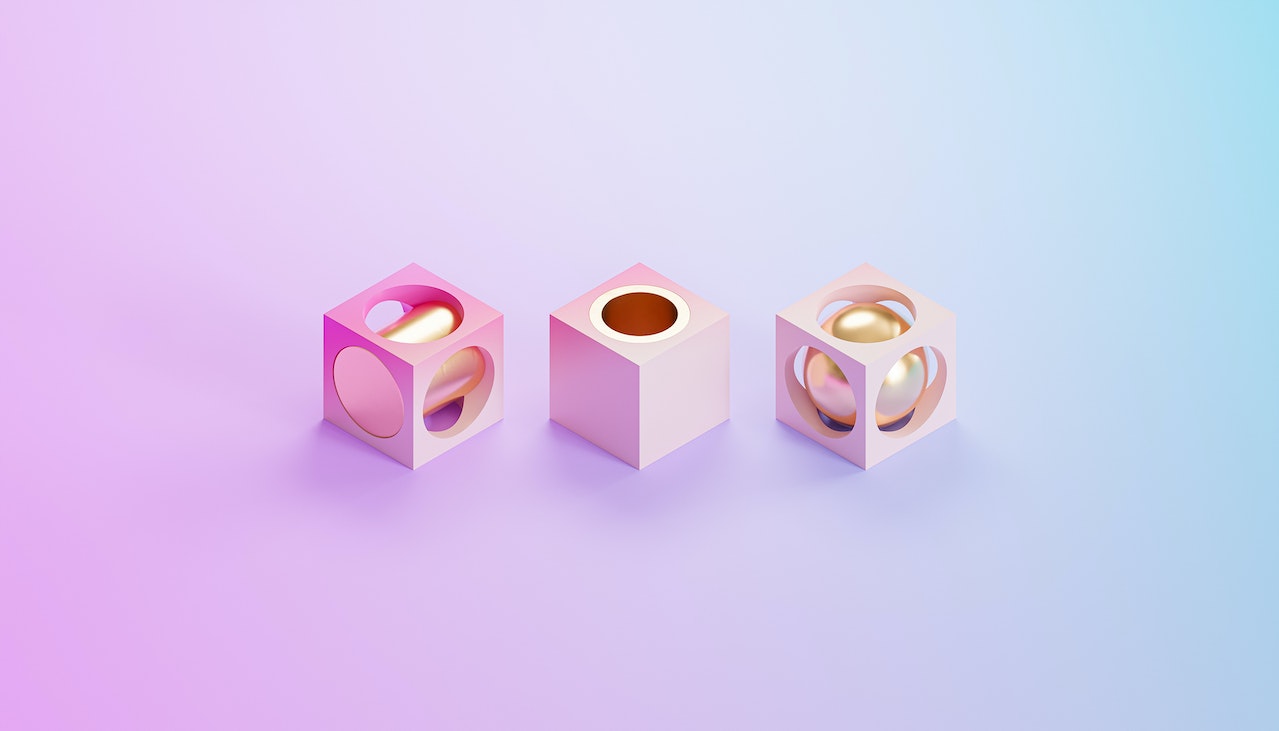What is a digital designer? - How to become a digital designer
Published

Published

RemoteScout24 · Published 2021-12-28 21:54:16.0
RemoteScout24 · Published 2022-08-23 20:18:13.0
RemoteScout24 · Published 2022-08-23 20:18:13.0
RemoteScout24 · Published 2022-08-23 20:18:13.0



